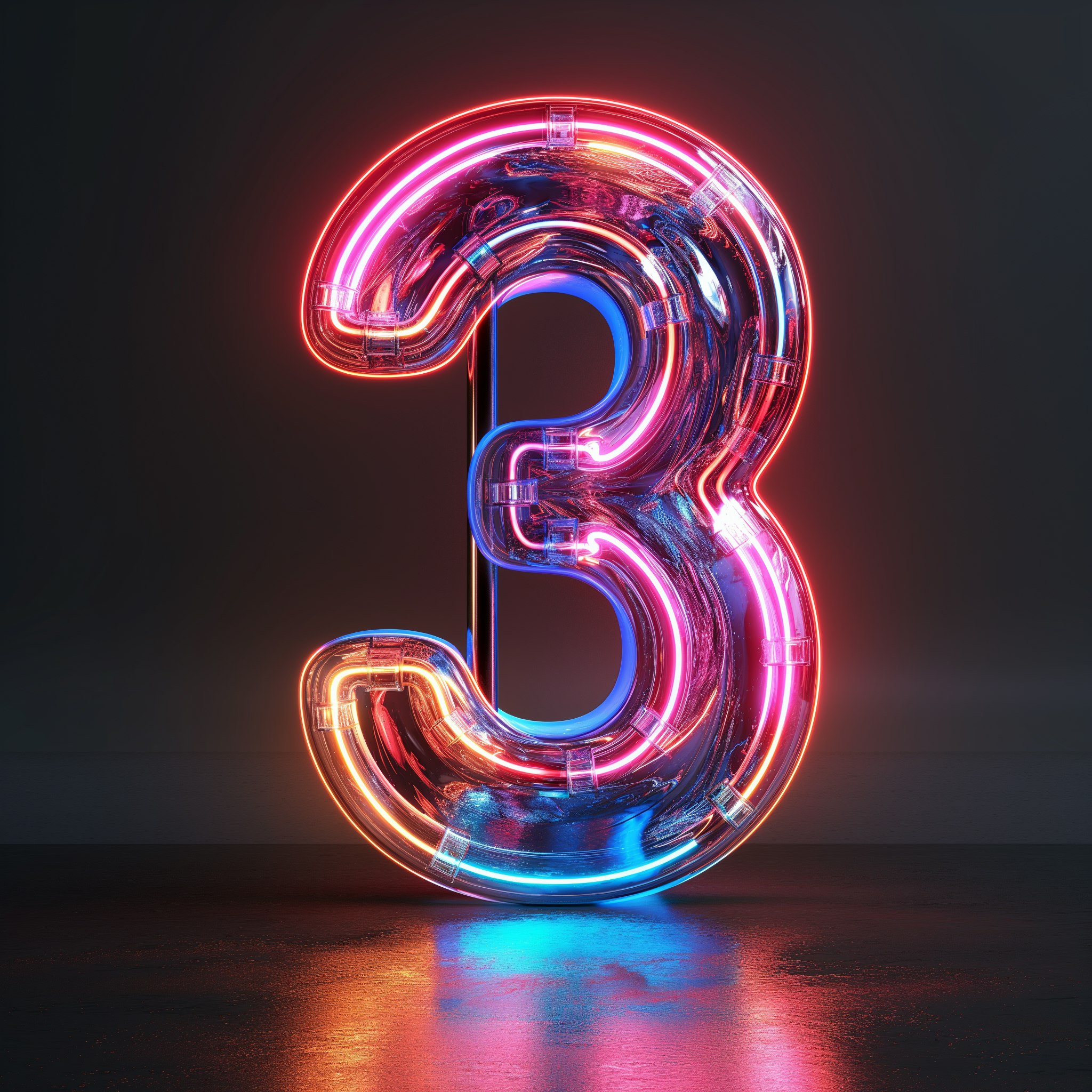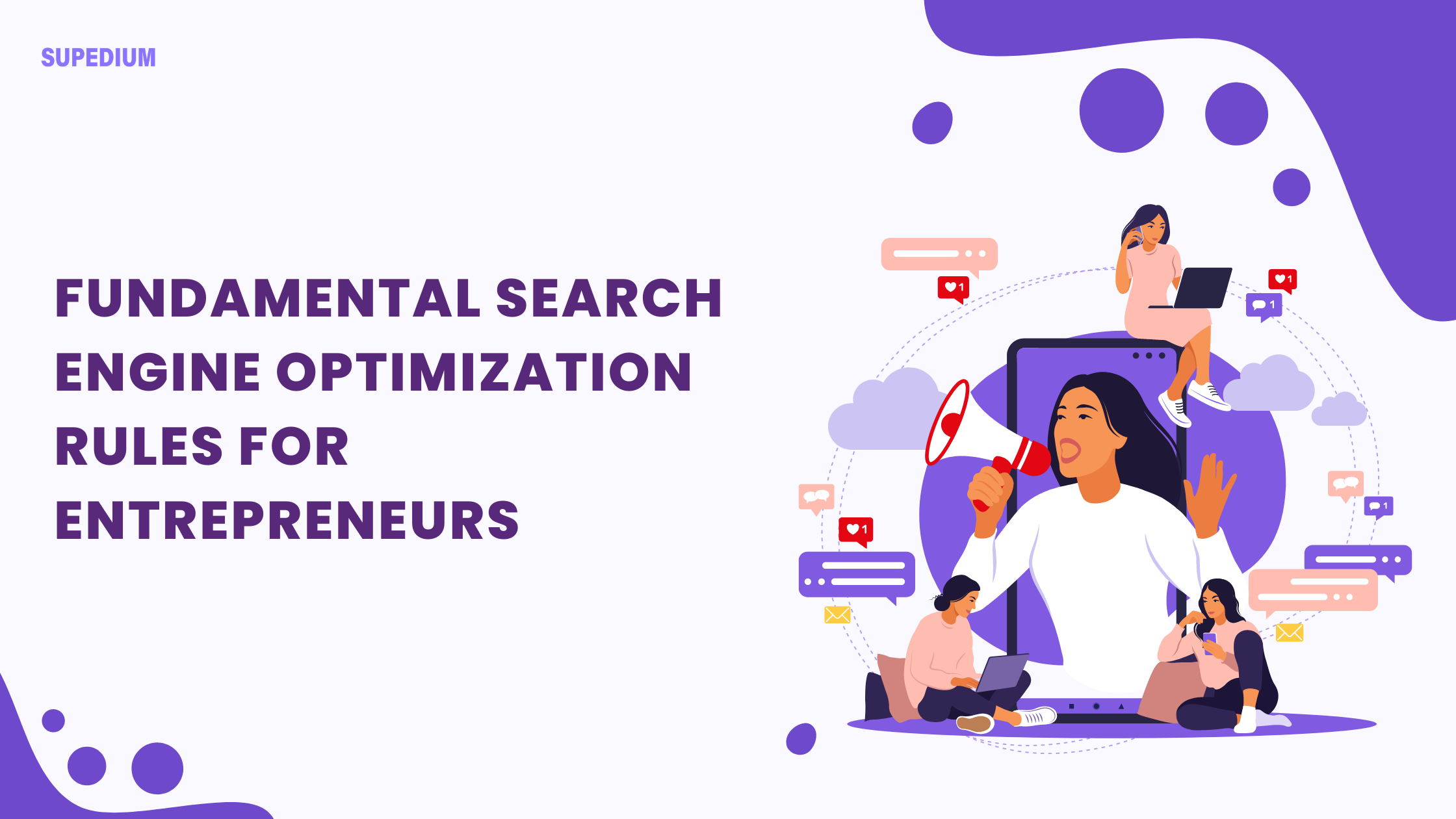Table of Contents
![]()
Introduction
Web3, often referred to as the third generation of the internet, represents a significant shift from the centralized models of Web1 and Web2. It introduces concepts such as decentralization, blockchain technology, and smart contracts, aiming to create a more user-empowered and transparent digital ecosystem. This article explores the various opportunities that Web3 offers, alongside the challenges it faces, to provide a thorough understanding of its impact on the modern digital landscape.
Opportunities in Web3
Decentralization
One of the core principles of Web3 is decentralization. This model empowers users by shifting control from centralized entities to individuals, thereby reducing dependency on traditional intermediaries like banks and tech giants. In a decentralized network, power is distributed across multiple nodes, enhancing user autonomy and potentially leading to more equitable and democratic digital platforms.
Blockchain Technology
Blockchain technology is the backbone of Web3, providing a decentralized ledger that enhances security and transparency. Each transaction or data entry is cryptographically secured and verified by a network of nodes, making it nearly impossible to alter historical records without consensus from the network. This ensures data integrity and fosters trust among users, which is crucial for applications involving sensitive information.
Smart Contracts
Smart contracts are self-executing contracts with the terms directly written into code. They automate and enforce the execution of agreements, reducing the need for intermediaries and minimizing human error. By automating processes, smart contracts can streamline transactions, reduce costs, and increase efficiency across various sectors, including finance, real estate, and supply chain management.
Tokenization
Tokenization involves creating digital representations of assets on a blockchain. This process allows for the creation and management of digital assets, such as cryptocurrencies, NFTs (Non-Fungible Tokens), and other tokenized assets. Tokenization can revolutionize financial markets by enabling fractional ownership, enhancing liquidity, and opening up new economic models that were previously inaccessible.
Decentralized Finance (DeFi)
Decentralized Finance (DeFi) is a subset of Web3 that aims to recreate traditional financial systems using decentralized technologies. DeFi platforms offer inclusive financial services such as lending, borrowing, and trading, without relying on centralized banks. This innovation has the potential to democratize financial access, reduce costs, and provide new financial products tailored to individual needs.
Decentralized Applications (dApps)
Decentralized Applications (dApps) operate on blockchain networks and are not controlled by any single entity. Unlike traditional applications, dApps are open-source, transparent, and resistant to censorship. They offer new possibilities for user experiences and business models, allowing developers to create applications that align more closely with users’ needs and preferences.
Community Governance
Community governance in Web3 enables participatory decision-making processes, where stakeholders have a say in the development and management of projects. This model fosters greater engagement, transparency, and alignment with community interests. Decentralized Autonomous Organizations (DAOs) exemplify this approach by allowing members to vote on key decisions and allocate resources based on collective consensus.
Challenges in Web3
Scalability
Scalability remains a significant challenge for Web3 technologies. Current blockchain networks, particularly those using proof-of-work (PoW) consensus mechanisms, face limitations in transaction throughput and processing speed. While solutions such as Layer 2 protocols and alternative consensus mechanisms (e.g., proof-of-stake) are being developed to address these issues, achieving scalability without compromising security and decentralization is still an ongoing challenge.
User Experience and Adoption
The complexity of Web3 technologies can pose barriers to mainstream adoption. Many users find the interfaces and interactions with blockchain-based systems challenging to navigate. Improving user experience is crucial for driving broader acceptance and ensuring that Web3 technologies are accessible to non-technical users. Efforts are being made to simplify interactions and integrate Web3 applications with existing user interfaces.
Regulatory and Legal Issues
The regulatory landscape for Web3 is still evolving, and legal uncertainties pose challenges for developers and users alike. Regulations concerning cryptocurrencies, smart contracts, and decentralized platforms vary widely across jurisdictions and are often ambiguous. Navigating these regulatory frameworks while ensuring compliance and protecting user interests is a complex task for Web3 projects.
Security Concerns
While blockchain technology offers enhanced security, it is not immune to vulnerabilities. Smart contracts, for instance, can have bugs or flaws that expose them to exploits. Additionally, the decentralized nature of Web3 can attract malicious actors seeking to exploit vulnerabilities in protocols or applications. Ensuring robust security measures and conducting thorough audits are essential to mitigate these risks.
Environmental Impact
The environmental impact of Web3 technologies, particularly those utilizing proof-of-work (PoW) consensus mechanisms, is a notable concern. PoW requires significant computational power, leading to high energy consumption and carbon emissions. Addressing these environmental challenges involves transitioning to more energy-efficient consensus mechanisms, such as proof-of-stake (PoS), and adopting sustainable practices within the blockchain industry.
Interoperability
Interoperability between different blockchain systems remains a challenge. Many blockchains operate in isolation, limiting the ability to transfer assets or data across platforms. Efforts are underway to develop cross-chain solutions and standards that facilitate communication and interaction between disparate blockchain networks, but achieving seamless interoperability is a complex task.
Privacy and Data Sovereignty
Balancing transparency with privacy is a key issue in Web3. While blockchain technology provides transparency, it also raises concerns about user privacy and data sovereignty. Implementing privacy-preserving technologies, such as zero-knowledge proofs, and ensuring that users have control over their data are important considerations for maintaining privacy in decentralized systems.
Case Studies
Successful Web3 Projects
Several Web3 projects have demonstrated the potential of this new paradigm. Ethereum, for example, has established itself as a leading platform for smart contracts and dApps, enabling a wide range of applications from DeFi to NFTs. Uniswap, a decentralized exchange (DEX), has transformed the trading landscape by allowing users to trade cryptocurrencies without relying on centralized exchanges. Filecoin, a decentralized storage network, provides a distributed solution for data storage and retrieval.
Failed Web3 Projects
Not all Web3 projects have been successful. Failed initial coin offerings (ICOs), security breaches, and project mismanagement have highlighted the risks associated with this emerging field. For instance, the DAO hack in 2016 exposed vulnerabilities in smart contract security and led to a significant loss of funds. These failures underscore the importance of rigorous security practices, transparency, and effective project management in the Web3 space.
Future Directions
Emerging Trends
Web3 continues to evolve, with several emerging trends shaping its future. Innovations such as Layer 2 scaling solutions, which aim to increase transaction throughput, and novel consensus mechanisms are paving the way for more efficient and scalable blockchain networks. Additionally, the integration of Web3 with technologies like artificial intelligence (AI) and the Internet of Things (IoT) holds promise for creating more sophisticated and interconnected digital ecosystems.
Potential for Integration with Other Technologies
The convergence of Web3 with other advanced technologies offers exciting possibilities. AI can enhance blockchain systems by providing intelligent automation and data analysis, while IoT can leverage decentralized networks for secure and transparent device communication. Cross-industry applications, such as supply chain management and healthcare, stand to benefit from the combined capabilities of Web3 and these emerging technologies.
Role of Community and Collaboration
Community involvement and collaboration are crucial for the advancement of Web3. Open-source development, collective problem-solving, and shared resources contribute to the growth and success of Web3 projects. By fostering a collaborative environment, the Web3 community can address challenges, drive innovation, and create a more inclusive and decentralized digital future.
Conclusion
Web3 represents a transformative shift in the digital landscape, offering opportunities for greater decentralization, transparency, and user empowerment. However, it also faces challenges related to scalability, user experience, regulation, and security. Balancing these opportunities and challenges will be key to realizing the full potential of Web3. As the technology evolves and matures, it will be crucial to address these issues while continuing to innovate and explore new possibilities for the future of the internet.
Share This





Be the first to comment